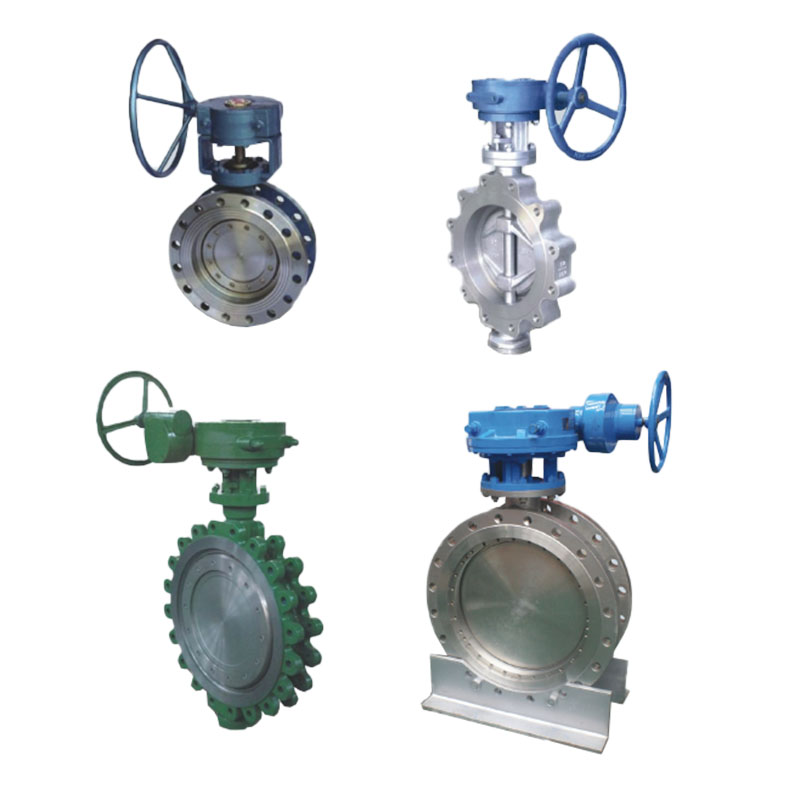Zhejiang Shunlin Valve Co., Ltd. is China Flange Valve Manufacturers, we are design and manufactures API standard valves (globe valves, gate valves, check valves, ball valves).
A valve is a mechanical device that controls flow
Update:2023-12-27 9:00:00 Wednesday
Summary:A valve is a mechanical device that controls flow, pressure, temperature, and other process variables in industrial piping systems. Its basic functions include allowing the inflow of fluid while keeping out unwanted liquids, air, or gas. It also prev......
A valve is a mechanical device that controls flow, pressure, temperature, and other process variables in industrial piping systems. Its basic functions include allowing the inflow of fluid while keeping out unwanted liquids, air, or gas. It also prevents leakage and shuts off flow when closed. Valves are a critical component in industrial applications including iron and steel, oil and gas, power, chemical, and more. They serve as the control point that allows process engineers to manipulate operating parameters and produce quality end products.
The core components of a valve include the body, bonnet, trim (internal elements), and actuator, along with a yoke that connects the actuating mechanism to the rest of the assembly. Valve design and material selection depend on the type of fluid, temperature, abrasion, and corrosion. For example, steam systems require a metal seat and bonnet that can withstand oxidation, while cryogenic applications call for parts made of materials that remain ductile at freezing temperatures.
Valves are available in many shapes, sizes, and designs to suit different process conditions. They have a variety of internal moving elements that modulate the flow, such as discs or a ball, which can be linear (in butterfly and plug valves) or rotate on the stem (in ball and globe valves).
The body is the pressure-containing shell that houses the moving wet parts of the valve. It can be cast or forged from a wide range of materials such as carbon, alloy, or stainless steel. It can have flanged, threaded, or socket weld connections to pipes and may be designed for low or high pressures.
The valve bonnet protects the valve body and is bolted or screwed to it. It is often a removable piece to allow access to the inside of the valve for maintenance and assembly purposes. It can be shaped to reduce the size of the body to save on cost and space.
In the case of a ball valve, a resilient seat forms the pressure boundary between the movable trim and the stationary body. The seat can be shaped like a doughnut or designed in two different ways: machining the seat into the body or welding it into place. Both designs are used to increase the durability of the valve seat.
The yoke is the structural connection between the body or bonnet and the actuator. It must be strong enough to withstand the forces, moments, and torque generated by the actuator when it is commanded to move the movable trim to position or close the valve. The yoke can be made of various materials based on application, such as carbon or alloy steel to resist corrosion in the piping system or elastomeric (plastic-like) constructions to handle the pressure and temperatures of the fluid. In addition to a durable yoke, the assembly needs high-quality bearings and thrust washers to support the heavy loads of the actuator. The yoke also supports the gland-pull-down bolts, position-switch dogs, actuator couplings and yoke nuts.



 English
English 中文简体
中文简体 русский
русский







